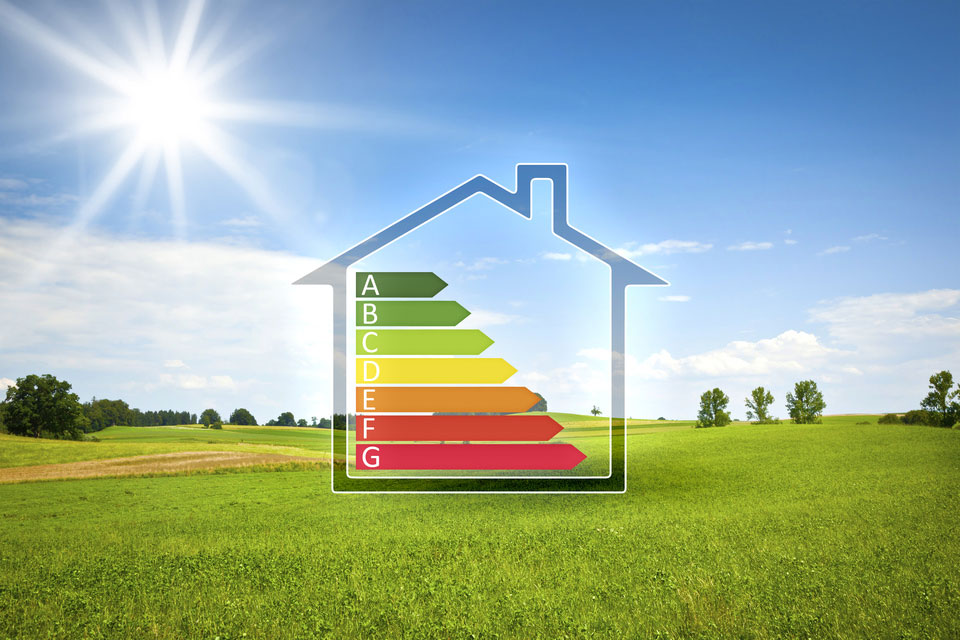Definition of seer seasonal energy efficiency ratio.
Air conditioner seer rating definition.
Seer stands for seasonal energy efficiency ratio commonly referred to incorrectly as seasonal energy efficiency rating a seer rating is the ratio of the cooling output of an air conditioner over a typical cooling season divided by the energy it consumed in watt hours.
That s much better than let s say a 12 000 btu 1 400w air conditioner.
The efficiency of your system can vary based on the size of your home your current ductwork and other variables.
Even with a high seer rating it s still helpful to use other.
The higher the seer the better the energy performance and the more you save.
The minimum standard seer for air conditioners is 13 though most modern air conditioners have a seer that ranges from 13 to 21.
A higher seer rating provides greater energy efficiency in certain conditions.
Trane air conditioners range from 14 5 seer up to 22 seer.
Eer rating in this case would be 12 000btu 1 400w 8 57.
This is a measure of the energy efficiency of the air conditioning system.
Seer seasonal energy efficiency rating the efficiency with which central air conditioners and heat pumps produce cooling is most commonly rated according to their seer or seasonal energy efficiency rating.
The total cooling output is the a c s british thermal unit per hour btu h multiplied by the number of cooling hours per day and the number of cooling days per year.
Minumum seer in the united states.
Seasonal energy efficiency ratio seer the cooling efficiency rating for air conditioners and heat pumps is seasonal energy efficiency ratio or seer.
The higher the seer the higher the efficiency.
Seer ratings are ratios derived by calculating the annual cooling output during the cooling season divided by the total electric energy input.
But don t forget this rating is a maximum.

